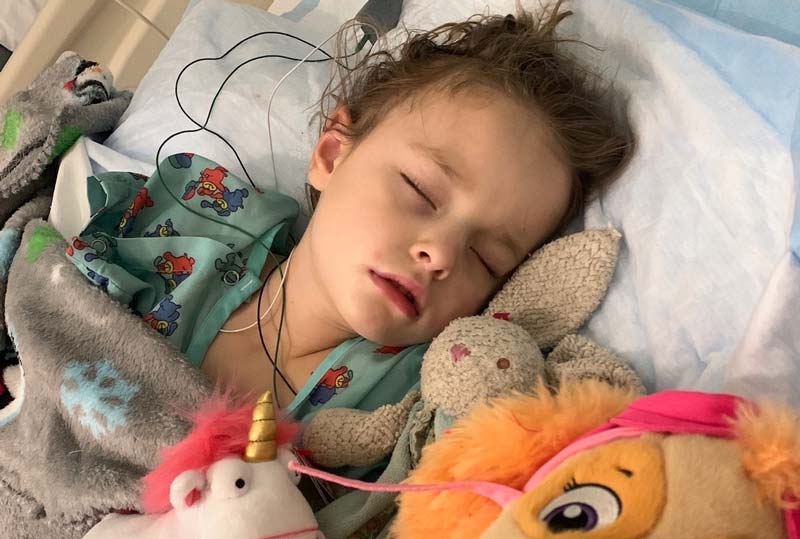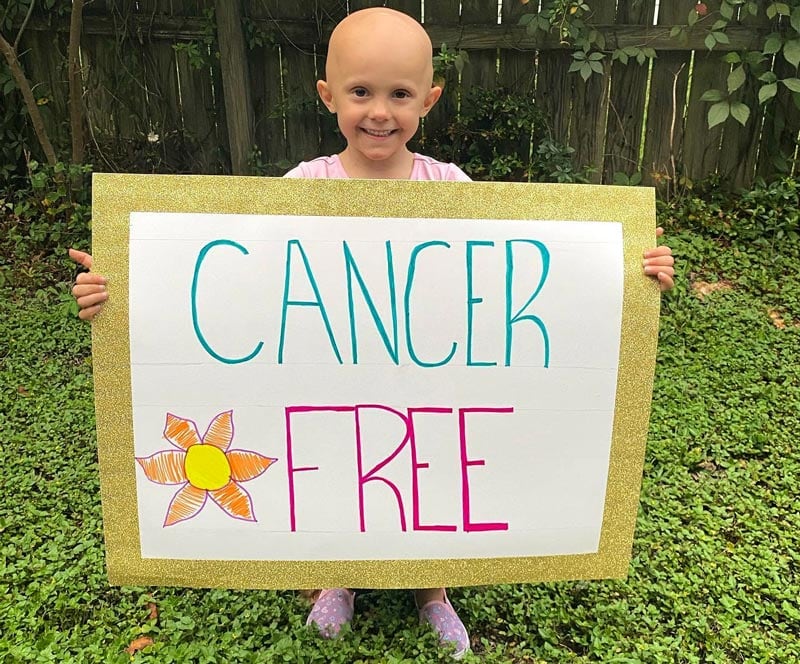No Results Found
The page you requested could not be found. Try refining your search, or use the navigation above to locate the post.
The page you requested could not be found. Try refining your search, or use the navigation above to locate the post.

It’s been fifteen and a half years since a malignant tumor the size of a grapefruit was removed from the left kidney of our son, James. The feelings of despair and the fear of losing our eleven-year-old constantly gnawed at our hearts. Every time I meet a parent of a child faced with cancer, I empathize deeply with them. As James’s treatment progressed, we muddled through the pains and disruption of surgeries, tests and multiple days and nights in the hospital. It dawned on us that, while this...

Diffuse intrinsic pontine glioma (DIPG) is a brain tumor found in a part of the brain stem—above the back of the neck and connected to the spine—called the pons. The pons is a vital part of the brain, controlling critical bodily functions like breathing, swallowing, blood pressure, heart rate, eyesight and balance. DIPG occurs almost exclusively in children; most often between the ages of four and 11. DIPG accounts for roughly 10-15% of all brain tumors in children. These tumors—called gliomas...

Medulloblastoma is a type of brain cancer that’s most commonly found in children. “Medulloblastoma starts in the cerebellum, which is located in the back of the brain,” explained Rally-funded Researcher Dr. Jezabel Rodriguez-Blanco, Assistant Professor, Department of Pediatrics at the Medical University of South Carolina. “It is a fast-growing tumor that often compresses the ventricle that brings the protective cerebrospinal fluid to the brain. The cerebellum is the part of the brain that...

“Glioma” is a general term for a group of tumors that begin in glial cells—the supporting cells of the brain. Gliomas are classified based on their location and by the type of glial cell—astrocytes, oligodendrocytes or ependymocytes—from which they arise. Thus, many different types of brain tumors are classified as gliomas, like astrocytomas, oligodendrogliomas, ependymomas, brain stem gliomas and glioblastomas. About half of all pediatric brain and spinal cord tumors are gliomas. Gliomas are...

Acute lymphoblastic leukemia, also called acute lymphocytic leukemia, or ALL for short, is a type of blood cancer that causes bone marrow to overproduce a type of white blood cells called lymphoblasts. ALL is the most common type of cancer that affects kids, accounting for roughly 30% of all cases of childhood cancer. Lymphoblasts are immature white blood cells that are responsible for identifying and destroying foreign invaders like bacteria and viruses. When someone has ALL, the bone marrow...

Wilms tumor is a type of kidney cancer that primarily develops in children around the ages of three and four. It’s the most common type of kidney cancer found in kids. Approximately 9 out of 10 kidney cancers in children are Wilms tumors, sometimes known as nephroblastoma. There are two types of Wilms tumors that are classified by their histology, or how they look microscopically: favorable histology and anaplastic histology. A Wilms tumor with favorable histology means that, while the tumor...